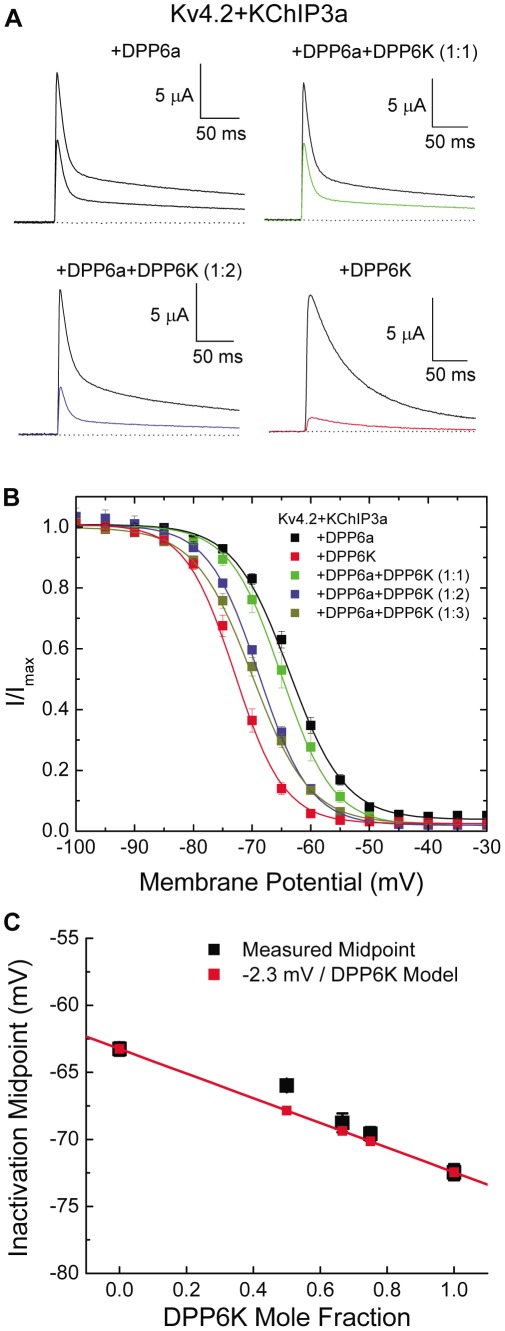Figure 6. Steady-state inactivation of DPP6a∶DPP6K mixed channels.
(A) Representative traces for Kv4.2+KChIP3a channels co-expressed with DPP6a alone, DPP6K alone, or with a DPP6a∶DPP6K mixture at 1∶1 or 1∶2 ratios, showing changes in steady-state inactivation at −65 mV. For the colored traces, the channels were held for 30 sec at −65 mV before pulsing to +40 mV for 250 ms to test available current. The black traces show the total currents, from test pulses where the channels were held at −100 mV and experienced no inactivation. (B) Voltage dependence of steady-state inactivation of ternary complexes with homotetrameric and heterotetrameric DPP6 subunits. (C) Progressive shifting of inactivation midpoint with increasing DPP6K ratio. The V0.5i values were plotted against the calculated DPP6K mole fraction. Model assumes independent energetic effects for each DPP6K subunit incorporated into the channel, with symbols measured V0.5i values for summed Boltzmann curves from the model.

